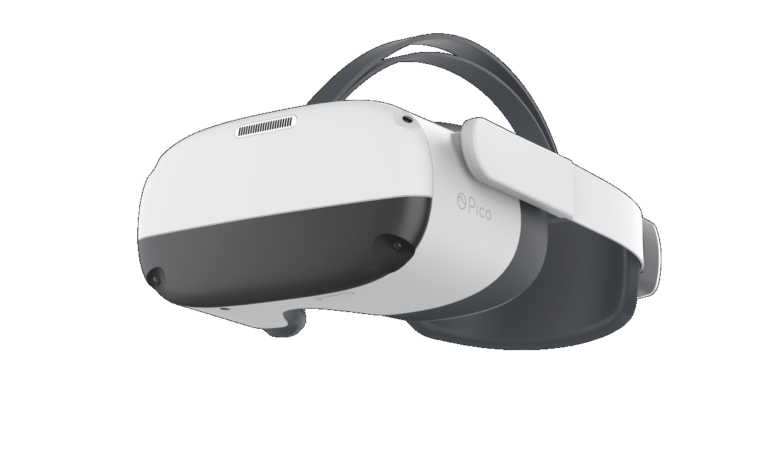
The Chinese manufacturer of VR glasses, Pico Interactive, finally brings its standalone VR glasses Neo 3 Pro and Neo 3 Pro Eye to Germany about half a year after their launch. Finally a real competitor for the Oculus Quest 2?
Powerful Qualcomm Snapdragon XR2 platform
Similar to the Oculus Quest 2, both the Pico Neo 3 Pro and Neo 3 Pro Eye standalone VR goggles rely on the Qualcomm Snapdragon XR2 processor powered by WiFi 6. The headsets also feature a 5.5-inch SFR TFT display with a resolution of 3,664 x 1,920 pixels, 773 PPI and a refresh rate of up to 90 Hz. A replaceable, sterilizable 3D PU face pad with antifouling coating is said to ensure the highest possible hygiene and allow for easy cleaning.
The controllers of the Neo 3 models have been redesigned to increase comfort and facilitate switching from other VR headsets thanks to an intuitive button layout. The two 6 DoF motion controllers support even more stable tracking. Since the Neo 3 Pro headsets have four cameras instead of two, the Guardian system has also been improved over the last generation.
Here, the cameras also track movement in the room and fade in a digital guard line when needed. The advanced Guardian system enables mapping sharing to help developers build applications where multiple users wear the Pico HMD in the same room.
Neo 3 Pro Eye with Eye and Hand Tracking
Tobii’s Neo 3 Pro Eye with integrated eye tracking is aimed primarily at enterprises to help gain a deeper understanding of customers, increase training efficiency, improve productivity and accelerate innovation in a wide range of areas.
The headset enhances the immersive experience for users through dynamic foveated rendering enabled by Tobii Spotlight Technology, which increases frame rates by up to 78% and reduces battery drain by 10%. The same rendering process is already used on the HP Reverb G2, and the following video shows what to expect from the technology.
At the same time, the “best hand tracking in the world” is promised. Ultraleap’s hand tracking solution is used for this. By adding Ultraleap’s Stereo IR 170 camera module and using Ultraleap’s Gemini software for XR2, users get enterprise-class hand tracking. The software is suitable for location-based VR, procedural training, and design and collaboration applications. Contact Ultraleap to get a preview of Gemini for testing purposes before the full release.
Although the VR goggles are aimed more at businesses, there are already around 30 apps floating around the Pico app store. By the end of October 2021, the offering is expected to expand to more than 100 apps.
Prices and availability
Both VR glasses are aimed primarily at businesses and professional users and can be ordered now. The RRP for the Neo 3 Pro is around 600 euros, while the Neo 3 Pro Eye comes in at just under 750 euros. They are available exclusively through Pico’s sales team.
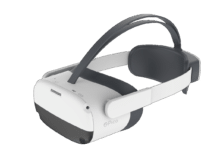


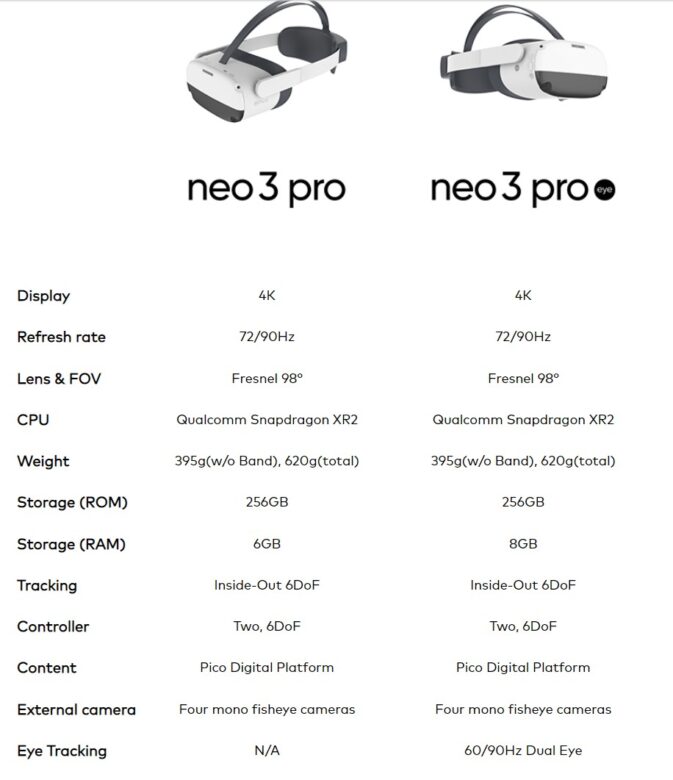
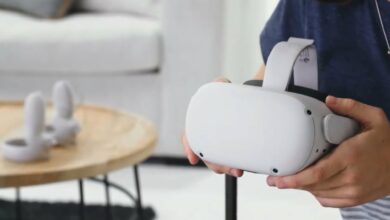


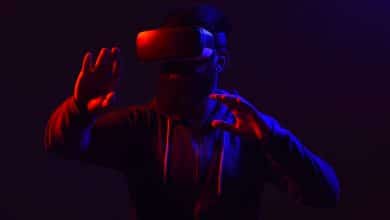
No replies yet
Neue Antworten laden...
Gehört zum Inventar
Beteilige dich an der Diskussion in der Basic Tutorials Community →